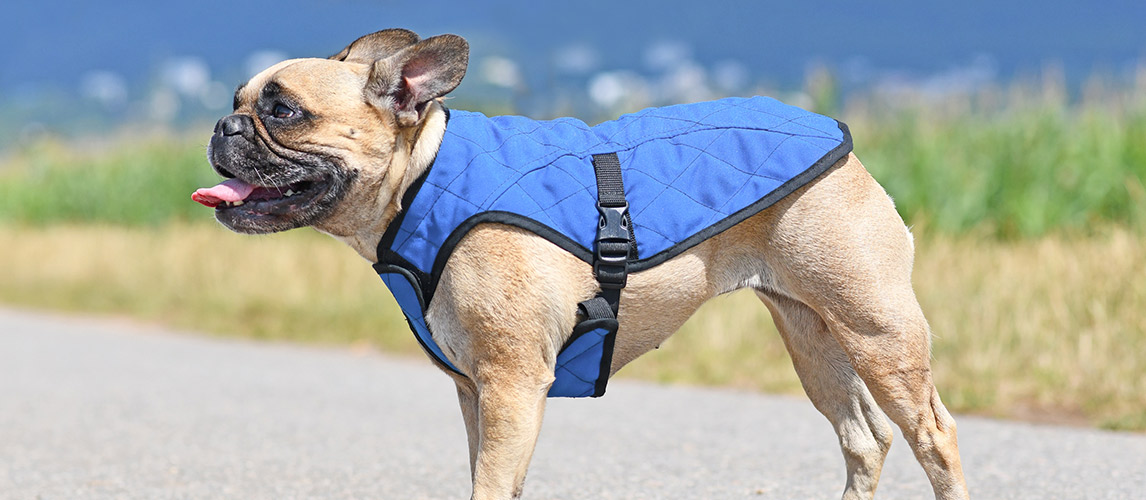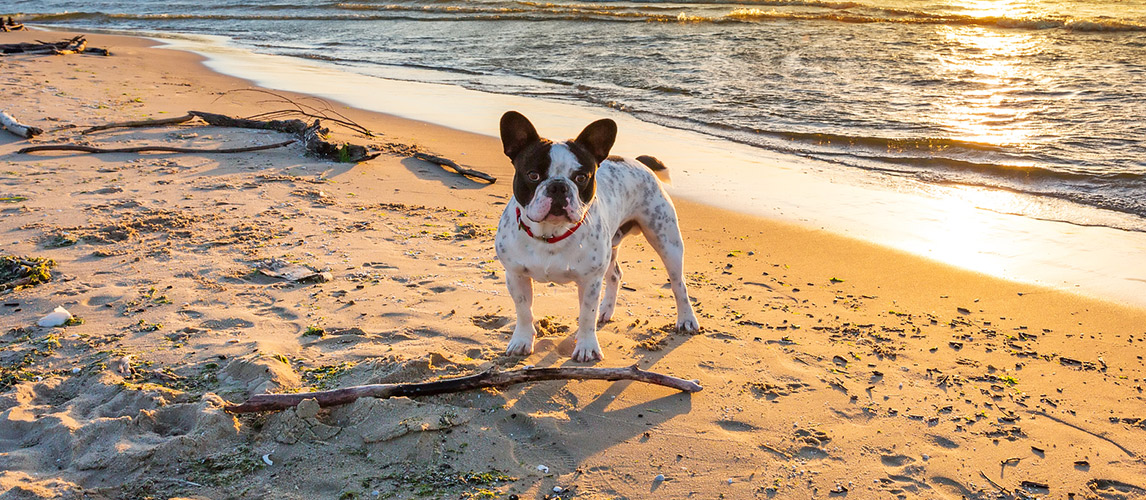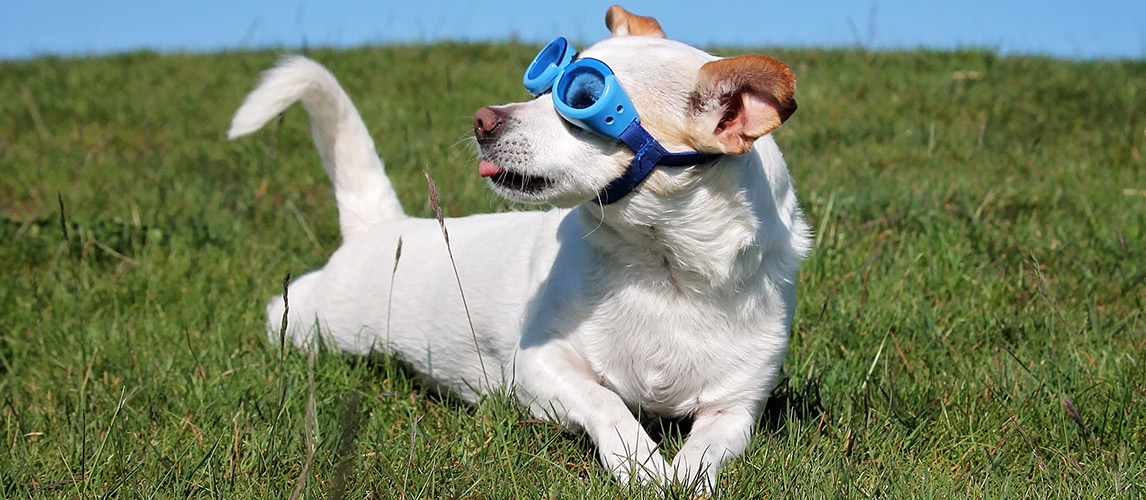Summer is always equated with fun. It’s the perfect time to head on to the beach or even appreciate the bright blooms in the park. It’s also a great time to spend some special moments with your furry buddies. Unfortunately, when the environmental temperatures soar, we put our pets at risk. Whether it is your routine walk or even a ride in your car or simply a game of tug at the backyard, the summer heat can be unforgiving for your canine friend. It is imperative that you take concrete measures to protect your beloved hound. Here are 8 tips to keep your pet hound safe this summer:
Go Outdoors Only During Certain Times of the Day
If the weather is unbearably hot for you to go out, then double this discomfort for your dog. There are no fast and hard rules as to the maximum environmental temperature levels that dogs can safely go outside since everything actually depends on the levels of humidity. Given an 85-degree weather with relatively low humidity, your dog may actually do just fine. Ramp up the humidity levels and it can be unbearably hot for your dog. This is because the air is already saturated with moisture that heat-bearing moisture from dogs simply cannot evaporate as quickly as possible. This prolongs the heat inside dogs’ bodies.
As such it is highly recommended to bring your dog outdoors only when the heat is already comfortable for you. We already mentioned that an 85-degree environmental temperature is just fine with dogs as long as the humidity levels aren’t that high. If you factor in high humidity levels, you’re essentially looking at a safe 75-degrees.
That being said, the best times of the day when you can safely go out with your dog is early in the morning or late in the afternoon. If you don’t mind getting some bonding moments with your dog at night or perhaps even at dawn, then it’s probably worth it. The point is to avoid the times of the day where the environmental temperatures are at their highest, usually from 10 in the morning until 4 in the afternoon.
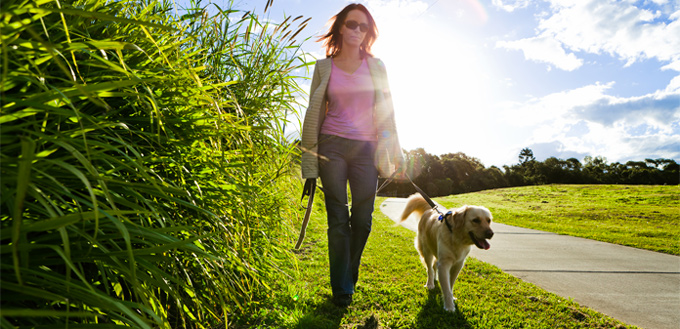
Provide Plenty of Cool and Refreshing Drinking Water
Summer is always equated with water, whether it is having fun at the beach or pool or even downing a refreshingly ice-cold drink. The same is true with dogs. They need water and lots of it. If you could only get them their own belt bag that has a Hydropack attached to it, then that would really make for a safe, heat-stroke-free summer for your canine friends.
The problem with summer is that the extreme heat can facilitate greater insensible water loss. This is the evaporation of water through means that we are not aware of. For instance, breathing alone also incurs water loss. Among dogs, when they pant they are essentially losing more water through insensible means. This can lead to dehydration causing cells and tissues to overheat. This is especially true for the muscles since they are always in a state of contraction. As muscles contract, they generate heat.
Giving your dog plenty of cool, refreshing water should help keep the cells hydrated and prevent muscles and other tissues from overheating. Some dogs actually love drinking water with ice cubes. The most important thing to do here is to provide several bowls of fresh drinking water strategically placed all over the house so that your dog will have access to them wherever it may go. If you go outdoors make sure to bring a bottle of water and a collapsible water bowl for your pet, too.
Read here our guides on Dog Bowls and Portable Dog Water Bottles.
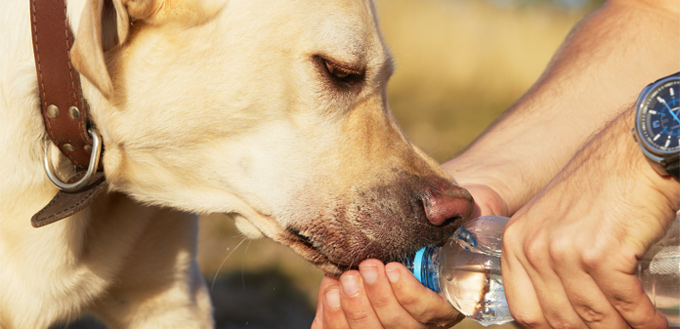
Shade, Cool Breeze, and Cooling Pads
If your pet stays in your backyard all the time, make sure it stays under the shade. Trees offer the best natural cooling for dogs. The ground that is shaded by the tree’s foliage is also naturally cooler than ground that is exposed to direct sunlight. In case you don’t have trees or natural shade in your backyard, then make sure that your dog’s kennel has a thermally efficient roofing system.
Go for kennels or dog cages that have reflective roof systems. These will help bounce off the heat coming from the sun and keep the kennel interior temperatures lower than the outside. Your best bet is to use a well-insulated dog house. You’ll be incurring additional expenses on your electric bill, but you’ll definitely be providing optimum comfort for your pet.
You can also put dog cooling pads inside your kennel instead of its usual dog bed. These come in a variety of body-cooling substrates without really requiring electricity to run. They do need to be ‘recharged’ naturally from time to time so that they can draw heat from your dog’s body more efficiently.
Electric fans or box fans can also be used. They can help circulate cool air to assist your dog in cooling itself. Make sure to place it where there is a natural breeze, though. You can also try wrapping a moistened or wet blanket over your dog. Some dogs even love lying on a block of ice.

See our round-up of Insulated Dog Houses.
Prepare and Give Some Really Cool Treats
In addition to giving your pet plenty of refreshing water to drink during the summer, it will also help if you could give it some icy cool treats. Now is the perfect time for you to whip up some delicious doggie desserts that you can freeze and give to your pet as treats. Alternatively, you can place these frozen delights in your pet’s drinking water to make the experience all the more worthwhile.
We know that ice cream may not be a good idea to give to dogs. This is especially true if you have one that is extremely sensitive to milk, producing watery stools in the process or even upsetting its tummy. What you can do instead is to make your own version of a doggie ice cream that is made of dog-safe, all-natural ingredients like fruits and vegetables. You can even try making popsicles or ice drops. Some would even recommend filling their ice cube trays with fruit slices prior to freezing so your dog will have a really delicious and nutritious treat. You may even want to dissolve beef bouillon in water and freeze this in your ice cube tray. You may not like it but your hound will.
Click here and find many recipes for Frozen Dog Treats.
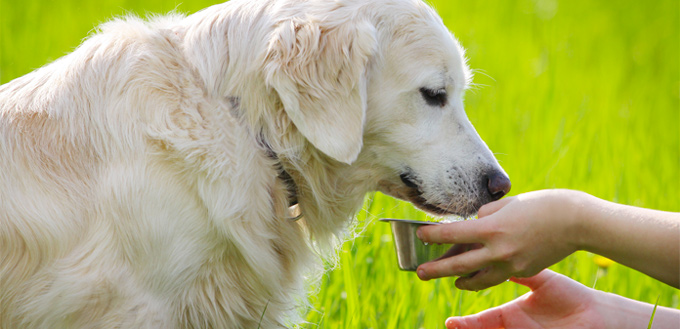
Leave Them Home
Summertime is always a great time to travel. Unfortunately, the environmental temperatures can also be very unforgiving. Experts say that even in 85-degree weather, the interior of your car can easily climb to 102-degrees in just 10 minutes. And we’re talking about a car with its windows open here. Add another 20 minutes and your car’s interior will already be like your oven at 120 degrees.
Again, for you this might be bearable. But for your dog, you’re actually putting a lot of strain on its ability to regulate its body temperature. Remember that your dog can only rely on its ability to pant to let off that steam building from inside its body. It cannot sweat like we do. This effectively ‘traps’ the heat inside its body making it especially dangerous for your dog.
Now we’ve heard of numerous reports where a dog died of heatstroke because its pet parent thought it wise to leave the hound inside the car while the human master went shopping. Don’t! If you love your dog and you really cannot bring it with you wherever you go, it is best to leave it at home. Get several pet fountains so your dog will have instant access to fresh, cool drinking water anywhere inside your house.
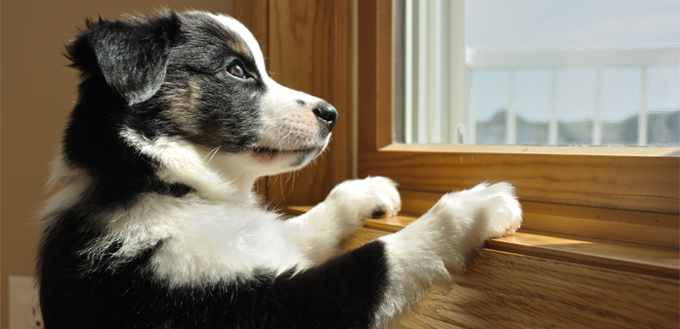
Take a look at our article on Dog Water Fountain.
Have Some Watery Fun
If summer for you means spending the whole day frolicking in the beach or even in your backyard swimming pool, then your dog definitely deserves some watery fun, too. Dog pools should come in handy, although an ordinary garden hose with a sprinkler attachment works just fine.
Dog pools need to be as sturdy as possible. Choose one that has a puncture-proof bottom and sides. If you can get your hands on a solid plastic-molded tub for your pet, then by all means get one. However, be especially cautious when letting your dog take a dip since you don’t want to abruptly lower your dog’s surface temperature. When its body senses that the skin is getting cold, the internal organs will try to compensate by generating more heat. This can have disastrous consequences for your pet. As such, you should let your hound stand or wade in the pool first while constantly monitoring its core body temperature with a rectal dog thermometer. This is more accurate that digital ones. By the time your pet’s rectal temperature reaches 103 degrees you can ease up on your monitoring and allow your dog to really enjoy its watery fun.
You can turn on the sprinkler system in your yard, too. If you don’t have any, your garden hose should suffice. Simply attach a DIY sprinkler made from an empty soda bottle. Puncture a lot of holes in the bottle and attach this to your garden hose. Make sure to seal off the connection and let your dog enjoy its improvised sprinkler.
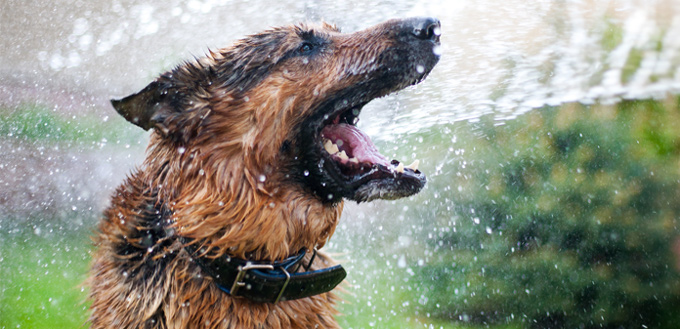
Learn to Identify Heat Stroke in Dogs
Despite all your efforts to keep your dog cool during summer and protect it against the searing sun, there may come a point when the environmental temperatures become too much that your dog is already developing heat stroke. As such, you should always learn to recognize the different signs that your pet may already be on its way to having heat stroke.
In the early stages of heat stroke, you may notice your dog to be panting heavily. There may be even excessive drooling, rapid breathing, and a dazed look. Sometimes you may even notice that your dog’s gums and tongue have turned bright red.
In the advanced stages of heat stroke, you may observe your dog’s gums to turn whitish or even bluish in color. Its breathing may become more labored leading to noisy breathing. It may not want to move at all. Your dog may also start to vomit or even assume a 4-square stance in a desperate attempt to establish and maintain balance.
If you see any of these signs make sure to spray your dog with cool, not cold, water. Give your pet small amounts of water or even allow it to lick ice cubes. Give your dog oral rehydration solution. Most pet parents offer unflavored Pedialyte to help restore electrolytes that may be lost due to dehydration and vomiting.
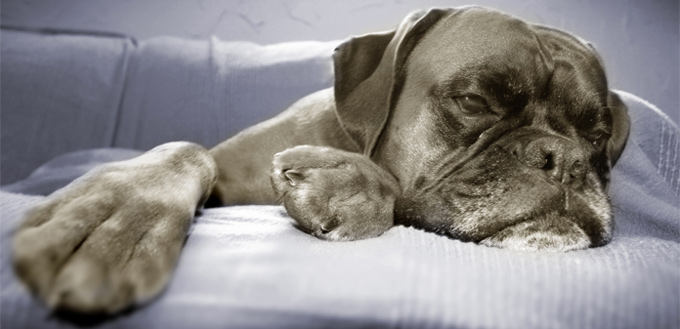
Get Your Pet That Summer Look
Some dogs absolutely love having their hair cut in the summer. However, experts don’t actually recommend having your pet go bald especially if you intend it to bask in the sun. Going bald exposes your dog to sunburn which can be an awfully painful experience in itself. What experts recommend is for you to consult with your vet as to the best possible type of haircut for your breed of dog. Arctic breeds like Alaskan malamutes and Siberian huskies, for instance, are better off with their coats on to help protect them against the scorching heat. They may need frequent brushing of their undercoat, however. They will also need regular mat removal.
Getting your pet that summer look requires great understanding of the unique characteristics of your dog especially its coat and skin. You don’t want to cut it too short and expose your pet to potential sunburn. This is not to mention other potential skin problems brought about by exposure to UV rays. However, if you don’t intend to bring your pet outside, then having that bald cut can be a great option. You just have to make sure your dog is not exposed to the cold temperatures of an airconditioned room, though.
Keeping your dog cool in the summer is all about minimizing the effects of extreme heat on your pet. Shade, water, cool breeze and treats, and knowing the signs of heatstroke should help you better prepare your canine friend for the summer heat.
Check out these 10 Best Dog Breeds for Hot Weather
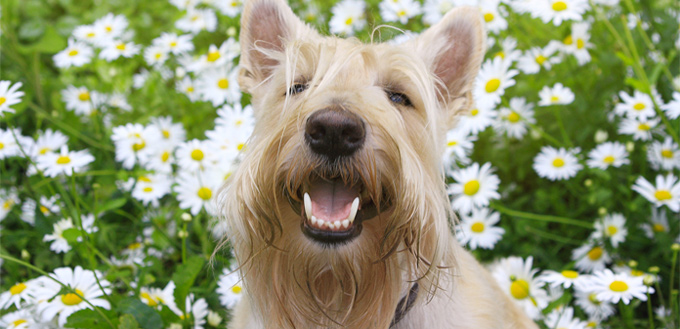
Sources:
- Meghan Lepisto, Tips to Protect Pets from Heat-Related Harms, School of Veterinary Medicine





